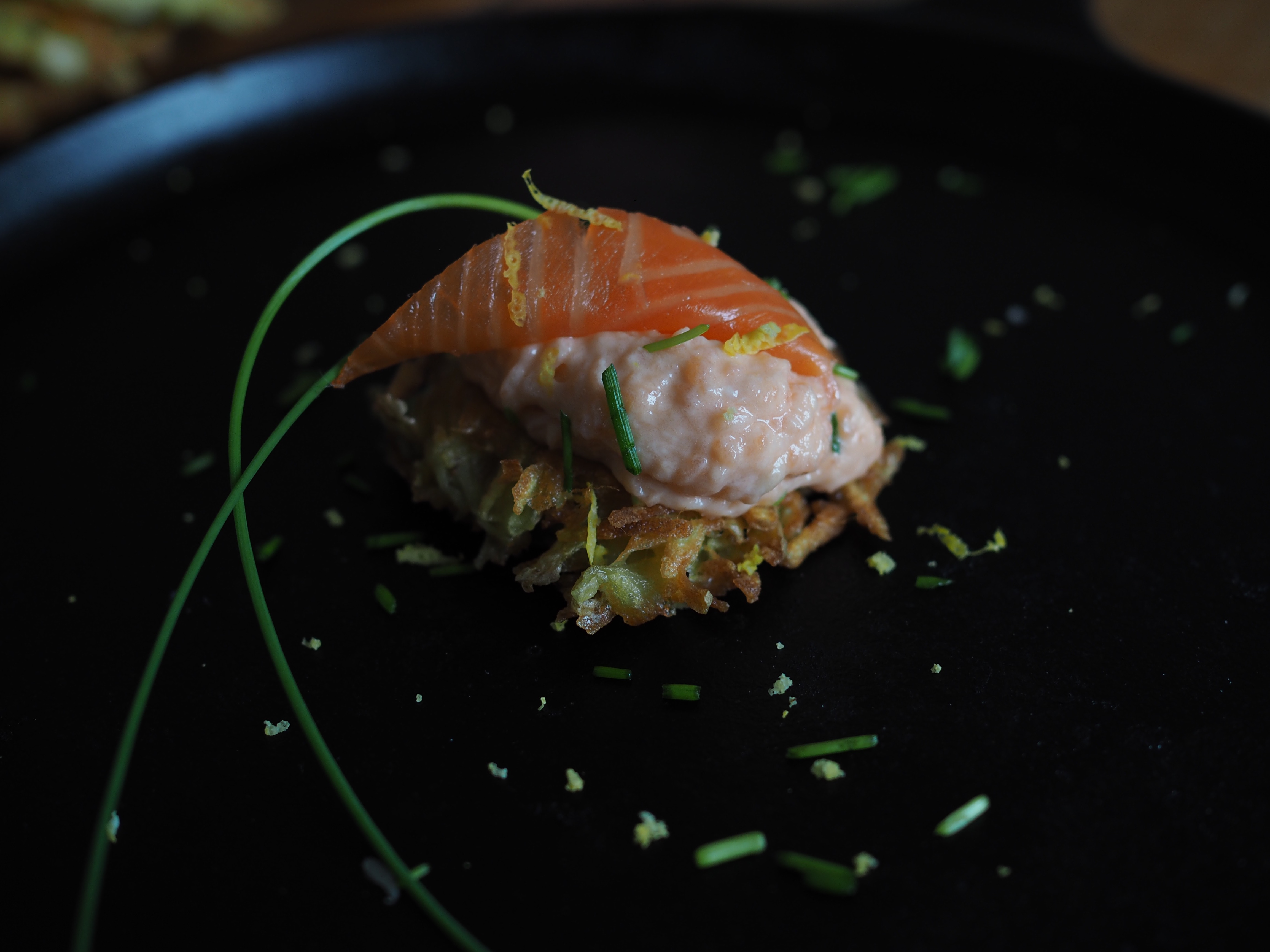A celebration. A feast. A coming together. Signifying an homage, a compliment if you will, to Numedal’s landscape, its people, its past and its present. A gleeful and relaxed dinner to crown off the day’s festivities. For two evenings the candles are lit, flowers are placed in glass jars, the place settings are arranged and rows of white-clothed tables line up under a large, white tent. A stage, which will be the platform for many laughs and traditional music and dance, overlooks the tables. Waiters, dressed in formal attire and frilly aprons, will begin to scurry around, taking drink orders, filling cups, and, at times, chiming in with song. The nights are centered around food and theater. The Numedalsgruppen, under the charge of Chef Micke Bergvall, have created a 7-course menu to entice the tastebuds and challenge the thinking of traditional Norwegian food. They base each course on local products and ingredients; some plucked and picked from nature only hours beforehand. This is the celebration; an acknowledgment of those who create and cook and utilize what Norway has to offer. The dinner will begin. Drinks will be poured. Plates will start flowing. Music will sound. Conversations will echo. A performance will begin, and laughs will proceed. More drinks, more food, more laughs, more merriment. The whole tent will retire outside where coffee, cooked over flaming logs, will be served from a coffee master’s hand. Cakes will be passed around. And then the dancing will commence. A concert will start. The sun will still give its light, even though the hour is late. This is the Matfestival in Numedal.
The Menu
Brød og Smør / Bread and Butter
(Homebaked bread, flatbrød from Uvdalsleiven, butter from Håvardsrud Seterliv)
Spekemat Fjøl med det beste fra Numedal / Cured Meats from the best of Numedal
(Fenalår from Spælsau lamb, Smådølkurv from Kirkebygda Produkter and Nabosnabben from Nabokjerringan, Flatbrød from Mollas bakery and sour cream from Håvardsrud Seterliv)
Varmrøkt Sik med Eggerulle og Jordskokk / Smoked White Fish with Egg & Jerusalem Artichoke
(Sik fish from the waters of Norefjord, egg fra Prestmoen Farm and Jerusalem Artichokes from Årud Farm)
Vente Pølse i Brød / Sausage in Bread
(Matopplevelser’s lamb and wild garlic sausage served with pickled red onions from Holm Farm, course mustard and tyttebær ketchup and bread from Veggli Bakeri)
Fjellvitt-Gravet Ørret / Cured Trout with Aquavit
(Trout from the Låkåsetvann, cured in Aquavit from Numedal and served with troll-potato croutons, whipped sour cream from Håvardsrud Seterliv and trout roe from Hadangervidda rakfisk)
Fritert Troll-Potetskrell / Fried Troll-Potato Skins
(Served with sour cream from Håvardsrud Seterliv)
Brassert Storfe Bryst av økologisk Telemarks Kalv fra Uvdal / Organic Braised Beef Breast from Uvdal
(Served with carrot purée, carrot pieces from Lågen, onion, and salt-roasted Troll potatoes)
BlåKu med bærbrød / Blue Cheese with Berry Bread
(Blue cheese from Thorbjørnrud, served with dried berry bread, honey from Gardås forest and rhubarb marmalade)
Tjukkmjølk-Pudding med Skogens Syrlige Bær / Thick Milk Pudding with Forest Berries
(Thick milk from Håvardsrud Seterliv and berries from the local forest)
Bålkaffe og Bakst / Campfire Coffee and Baked Goods
(Coffee made by Ola Hov, snipp from Mollas Bakery, kling and rømmebrød fra Uvdalsleiven Tradisjonsbakst)
Brød og Smør & Spekemat / Bread and Butter & Cured Meats
 (more…)
(more…)





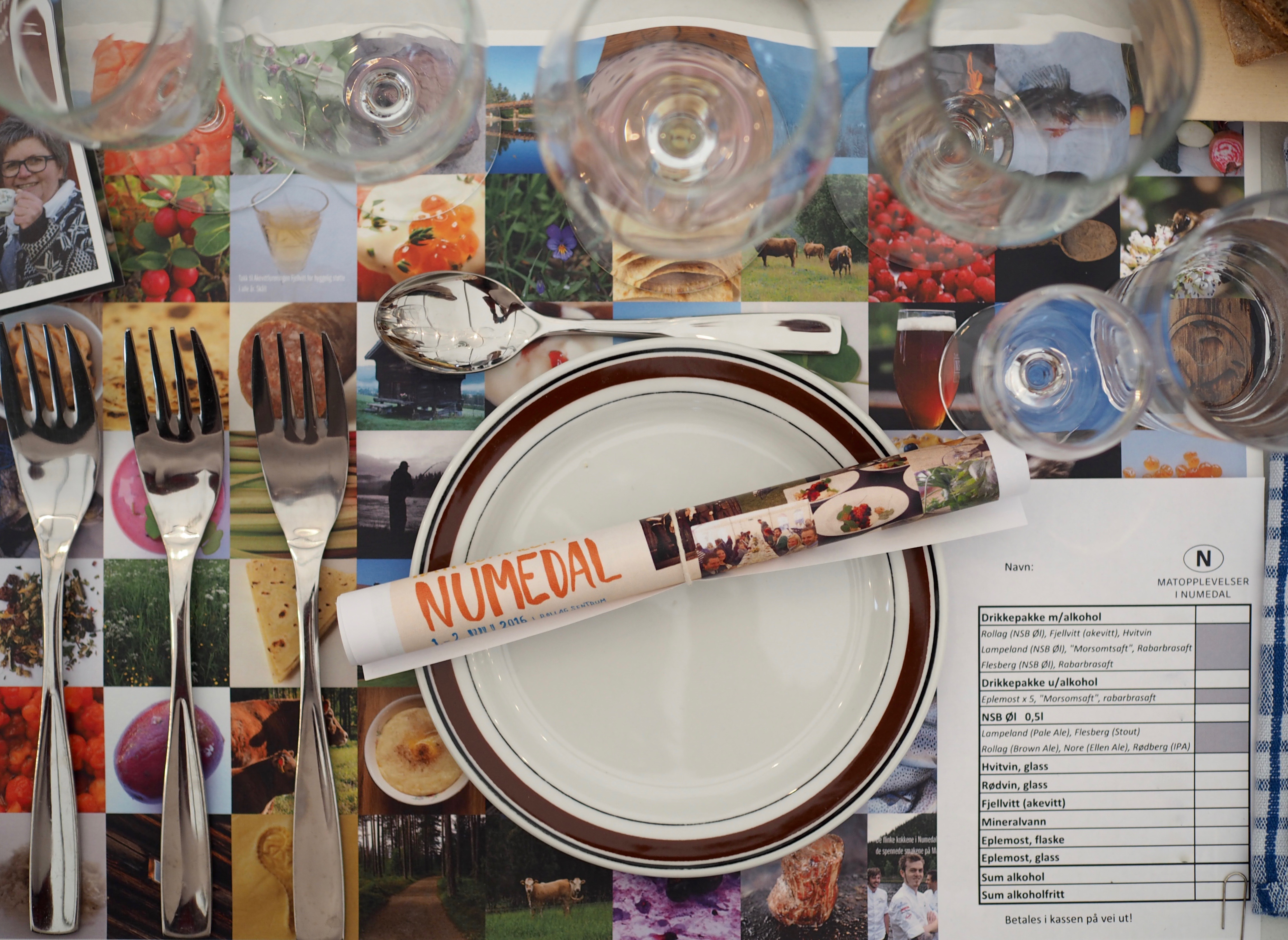

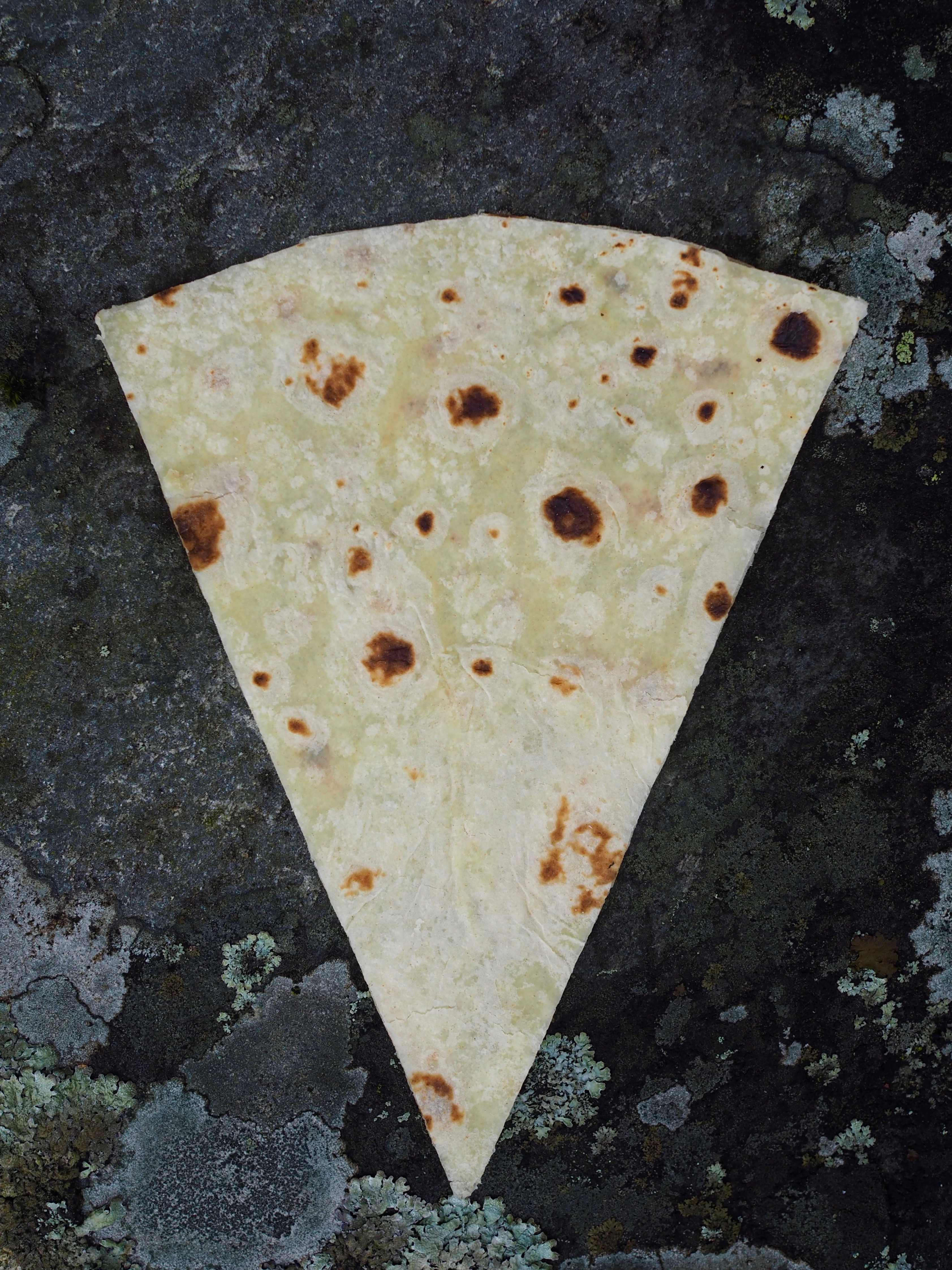

 My second visit to
My second visit to 

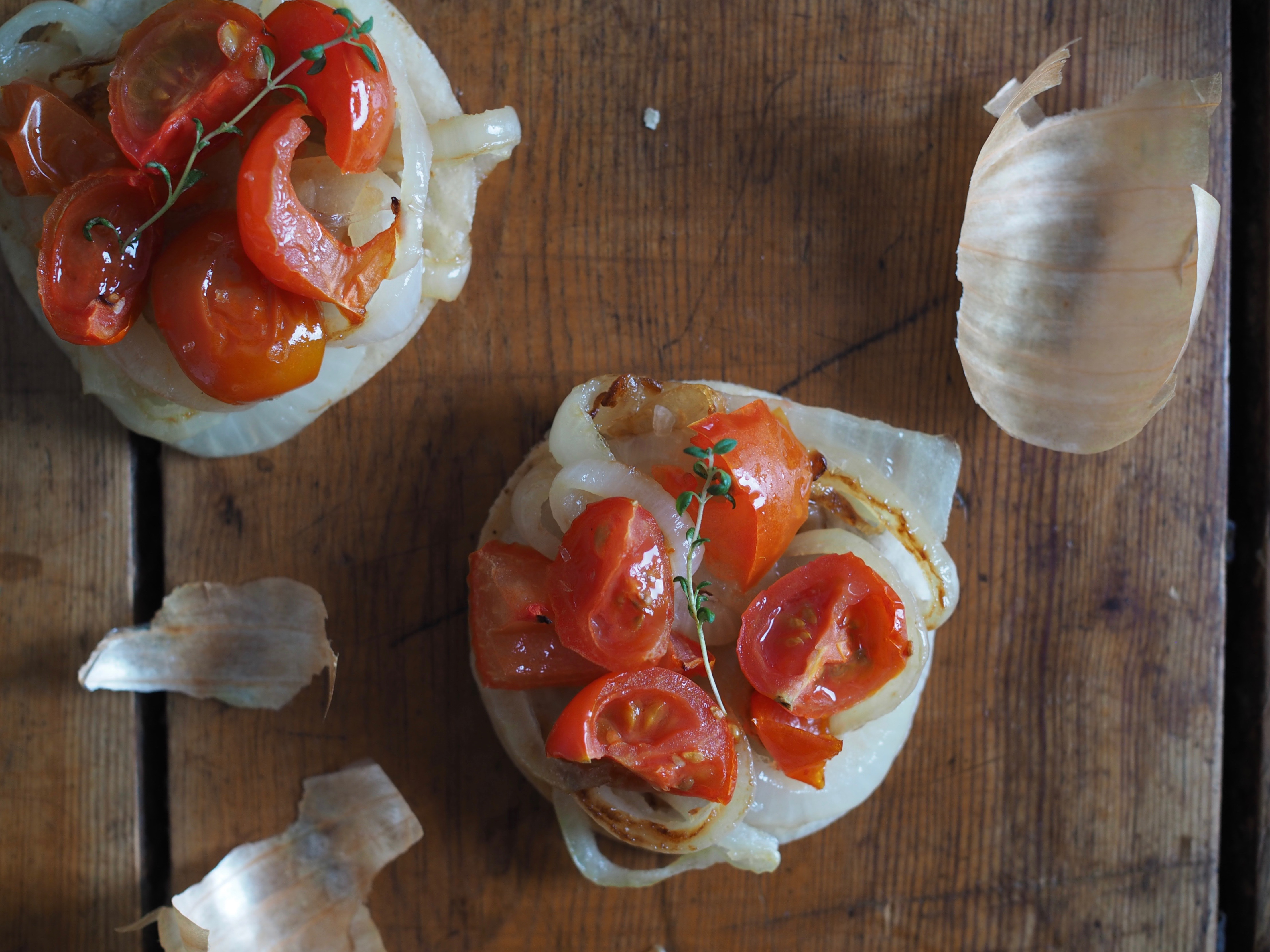


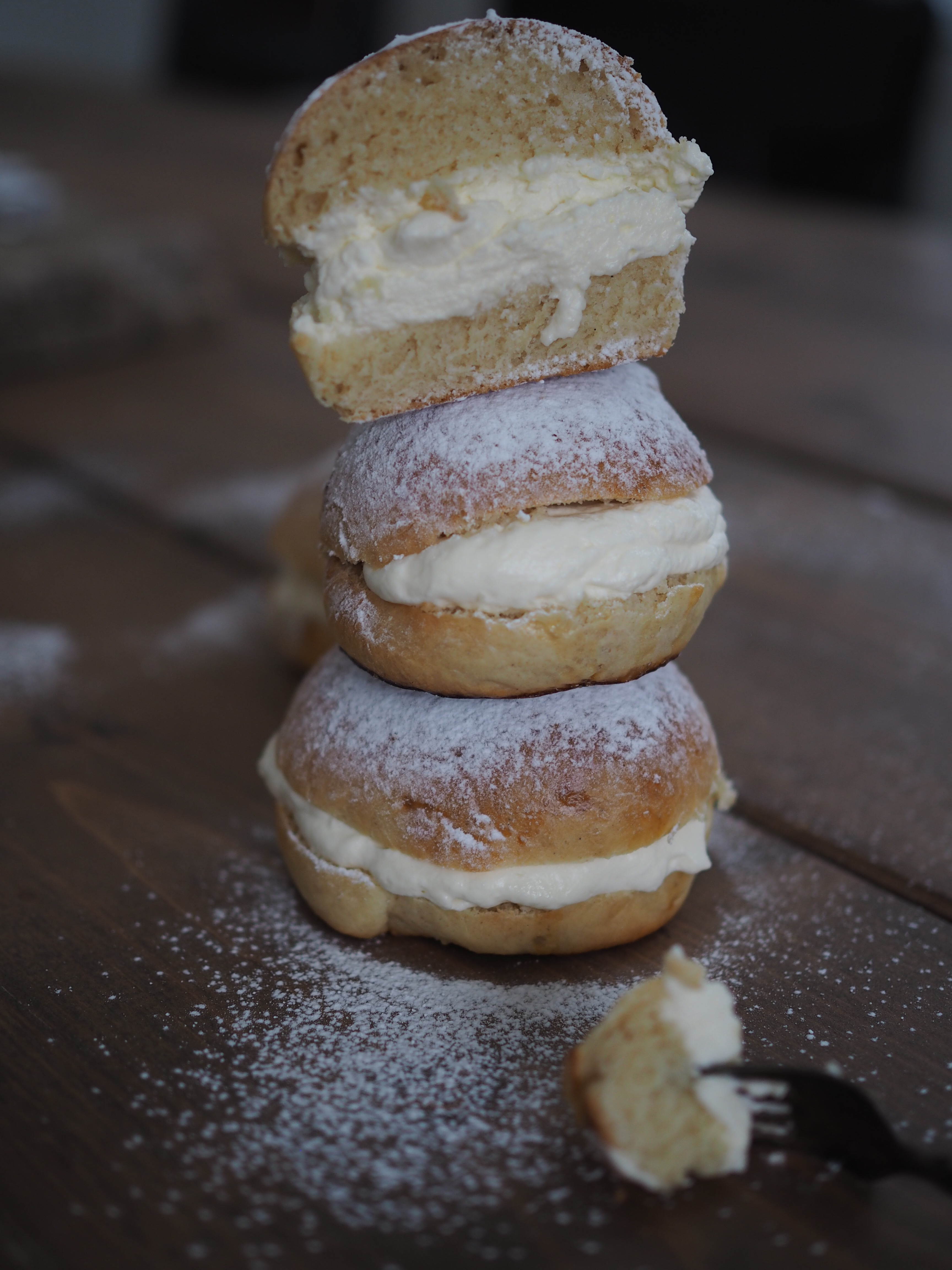
 The concept of awakening later turned into an old tradition of waking early from bed and grabbing birch branches to then playfully spank those who were not yet awake. It was normal, up until far into the late 1900s, for children to whip their parents for fun and to be treated to a cream-filled bun afterwards. These buns are still eaten on Sunday.
The concept of awakening later turned into an old tradition of waking early from bed and grabbing birch branches to then playfully spank those who were not yet awake. It was normal, up until far into the late 1900s, for children to whip their parents for fun and to be treated to a cream-filled bun afterwards. These buns are still eaten on Sunday.

